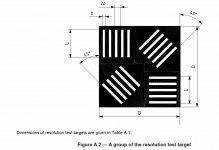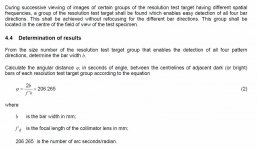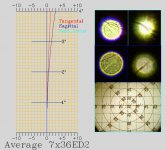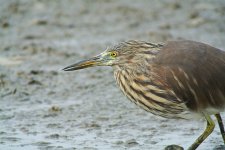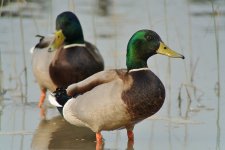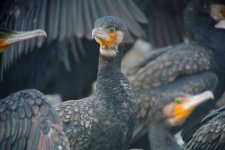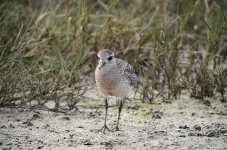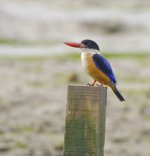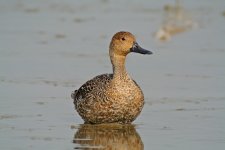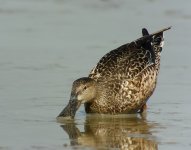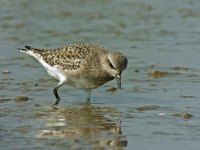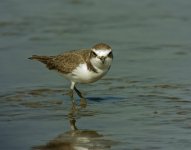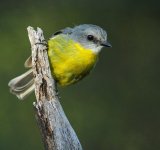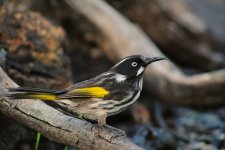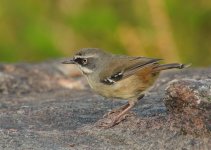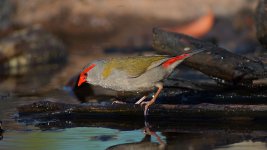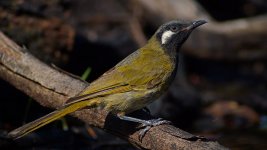Surveyor
The more I understand, the more I understand why I
But it is very possible that his chart is more demanding and/or he has a more strict standard for "resolved" than you or I do. I have one small photo chart that Jan has graciously given me many years back. It is not identical, but is similar, to the ones you see in his photos. I have found that although it looks good through a loupe and although it has four line orientations rather than two, and despite having a finer gradation between elements than the USAF, it does not seem to give as smooth a progression in my use as the USAF does. Myself, I have deliberately chosen a rather lenient standard for "resolved" in my testing, simply because it is the only way I can somewhat reliably tell apart "resolved" from "not resolved". For me, trying to determine where ridiculously small lines are just beginning to blend is almost impossible, whereas determining whether or not I can make out the orientation of a line pattern is relatively easy. Hence I use the latter criterion, which will give very good results but ones which I feel are much more consistent and repeatable between my various testing sessions.
Kimmo
Kimmo, Henry, Steve and all;
I have attached the description for a resolved element from ISO 14490-7, along with their recommended target group.
A group/element is resolved as long as you discern the direction of all parts of the element without refocusing in the center field.
Further down in the standards they do make allowance for other bar type targets.
Attachments
Last edited:




